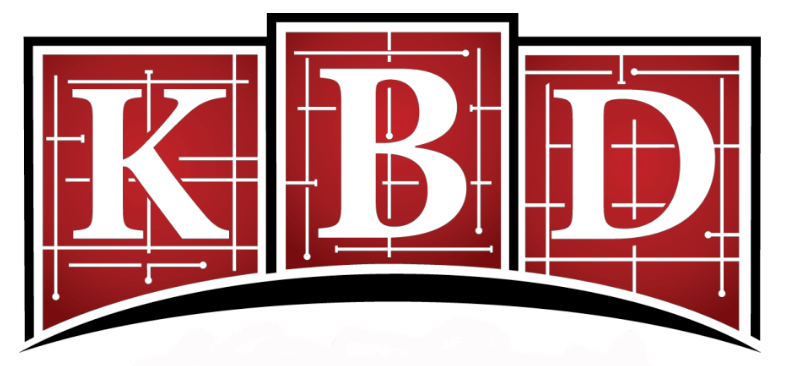Blog
Incorporating Lighting into Cabinetry for Ambiance and Function
Blending traditional cabinets with open shelves for a balanced look

Incorporating Lighting into Cabinetry for Ambiance and Function
Lighting is an essential element of kitchen design, playing a significant role in both aesthetics and functionality. Incorporating lighting into cabinetry is a growing trend that not only enhances the ambiance of your space but also improves visibility and convenience. Whether you’re remodeling your kitchen or designing a new one, understanding how to incorporate cabinet lighting effectively can elevate your design. In this blog, we’ll explore the benefits, styles, and best practices for adding lighting to your cabinetry.
Why Cabinet Lighting Matters
Lighting within and around cabinets is more than just a decorative feature—it’s a practical necessity. Here are the key reasons to consider cabinet lighting:
Enhanced Ambiance: Lighting adds warmth and depth to your kitchen, creating a welcoming atmosphere.
Improved Functionality: Proper lighting makes it easier to see inside cabinets, drawers, and workspaces, especially in low-light areas.
Increased Value: Thoughtful lighting design can enhance the overall aesthetic appeal of your kitchen, boosting its resale value.
Popular Cabinet Lighting Styles
Cabinet lighting comes in various styles, each serving a specific purpose. Here’s an overview of the most popular options:
1. Under-Cabinet Lighting
Under-cabinet lighting is installed beneath upper cabinets, illuminating the countertops below. It’s perfect for task lighting in areas where you prepare food or work.
Best For: Enhancing visibility on countertops.
Styles: LED strips, puck lights, or linear light bars.
Benefits: Reduces shadows and adds a modern touch.
2. Inside Cabinet Lighting
Interior cabinet lighting is installed inside cabinets to highlight their contents. This is especially useful for glass-front cabinets, where it can showcase decorative dishware or collectibles.
Best For: Adding a luxurious feel and organizing storage.
Styles: LED strips or small fixtures.
Benefits: Improves visibility and creates an elegant display.
3. Toe-Kick Lighting
Toe-kick lighting is installed at the base of cabinets, casting a soft glow along the floor. It’s ideal for nighttime use or creating a dramatic effect.
Best For: Modern and contemporary kitchens.
Styles: LED strips with diffusers.
Benefits: Adds ambiance and enhances safety in the dark.
4. Above-Cabinet Lighting
This style involves placing lights on top of upper cabinets, where they cast light upward toward the ceiling. It creates a layered lighting effect that makes the kitchen feel larger.
Best For: Highlighting high ceilings and creating depth.
Styles: Rope lights or LED strips.
Benefits: Softens the overall lighting and adds dimension.
5. Drawer Lighting
Drawer lighting activates when a drawer is opened, providing illumination for items stored inside. It’s an innovative feature that adds convenience and sophistication.
Best For: Deep drawers or pull-out pantry shelves.
Styles: Motion-activated LED strips.
Benefits: Enhances visibility and functionality.
Choosing the Right Lighting for Your Cabinets
Selecting the best lighting style for your cabinetry depends on your design goals and functional needs. Here are some factors to consider:
1. Type of Light
LED lighting is the most popular choice for cabinets due to its energy efficiency, long lifespan, and versatility. LEDs are available in various color temperatures, from warm white to cool white, allowing you to customize the ambiance.
2. Placement
Think about where you need lighting the most. For example, under-cabinet lighting is ideal for task areas, while toe-kick lighting is better for ambiance.
3. Control Options
Consider how you want to control your cabinet lighting. Options include manual switches, motion sensors, or smart home integration for voice or app control.
4. Budget
Cabinet lighting ranges from affordable plug-and-play options to custom installations. Define your budget early to narrow down your choices.
Tips for Incorporating Cabinet Lighting
Plan Early: If you’re designing a new kitchen, incorporate cabinet lighting into the initial layout to ensure seamless integration.
Layer Your Lighting: Combine multiple lighting styles, such as under-cabinet and toe-kick lighting, for a balanced and dynamic look.
Use Dimmers: Dimmers allow you to adjust the brightness of your cabinet lighting, creating the perfect mood for any occasion.
Prioritize Energy Efficiency: Opt for LED lighting to reduce energy consumption and maintenance costs.
Benefits of Cabinet Lighting
Adding lighting to your cabinetry provides both aesthetic and practical advantages:
Visual Appeal: Highlight architectural features and elevate the overall design of your kitchen.
Improved Safety: Illuminate countertops, drawers, and walkways to prevent accidents.
Enhanced Organization: Interior and drawer lighting make it easier to find items, reducing frustration.
Final Thoughts
Incorporating lighting into cabinetry is a simple yet impactful way to enhance your kitchen’s functionality and ambiance. Whether you choose under-cabinet lighting for task areas or toe-kick lighting for added style, the right lighting can transform your space.
At www.kbyd.com, we specialize in innovative kitchen designs that include custom cabinet lighting solutions. Contact us today to bring your vision to life and create a kitchen that’s both beautiful and practical.

